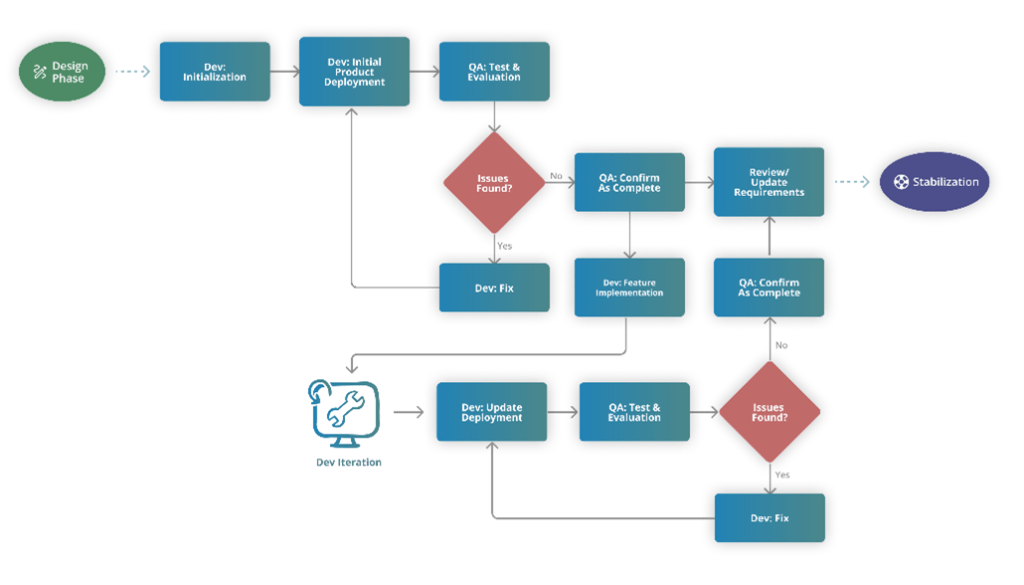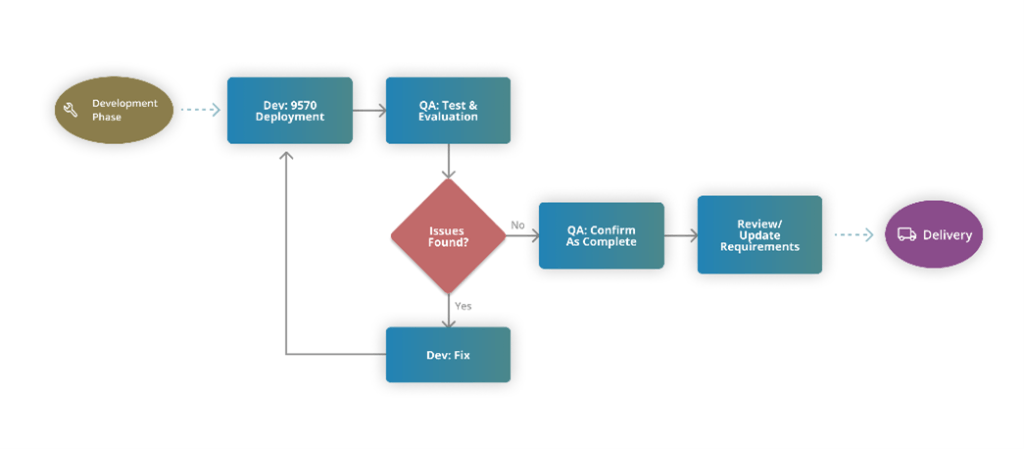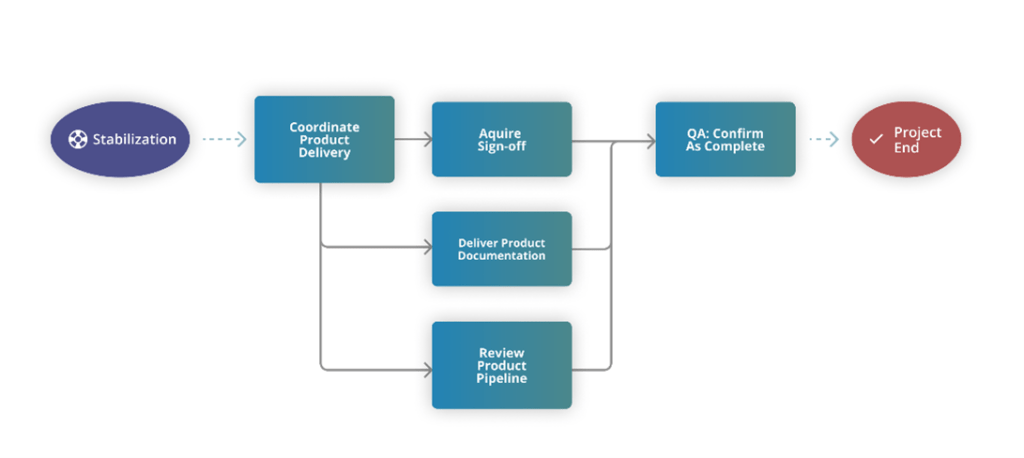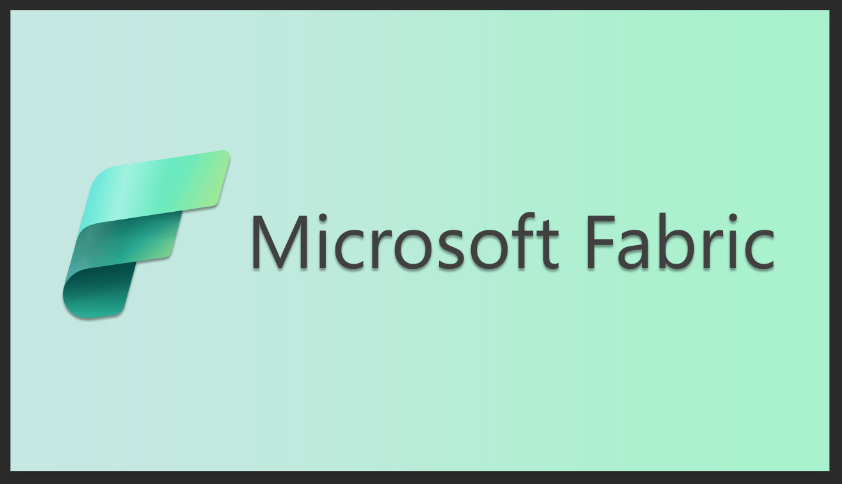
The Imaginet Difference – Application Development Approach – Part Three: Development, Implementation, Stabilization, & Delivery
August 22, 2023
.
While different application methodologies exist, each with its benefits and downfalls, our Imaginet approach is flexible to fit the scope of any project and has been proven through the successful completion of hundreds of projects. We’ve previously shared the initial stages of our custom approach in part one and part two of our series. We recommend catching up on those before digging into part three below!
Development/Implementation
Imaginet follows an Agile/Scrum methodology for development and implementation. Implementation usually consists of multiple iterative sprints executed by the development team. A development team consists of developers and QA specialists and is supported by the solution architect, business analysts, and UX analysts where needed. The general pattern of development is to initialize the solution along with its requisite DevOps pipelines and immediately deploy to and validate the initial product in a dev environment. Any issues discovered are fixed, published, and tested until QA of the initial product passes. The development team will then iteratively implement and test the features until each feature passes QA and is approved. During the development phase, additional or updated requirements may be encountered, and the development assist team ensures that these changes are reflected in the documentation and signed off by the project stakeholders.

Imaginet has successfully developed and delivered hundreds of projects for customers across numerous industries, varying in size and duration. For an agricultural organization with government ties, Imaginet developed an online self-service portal for farmers. A rapid prototype was developed, and QA tested. Upon completion of the initial product prototype, a pattern of iterative development sprints followed. Each iteration was deployed to the customer’s test environment using Azure DevOps pipelines, where it was QA tested by Imaginet’s QA team and the customer’s user acceptance team. Bugs found in testing were added to the next iteration for resolution along with the next features, in the product owner’s priority list. Changes were documented for sign-off and provided to the client to ensure the final requirements matched the delivered product.
Stabilization
During stabilization, the product is deployed to a test environment that mirrors the proposed production environment as closely as possible. This step is necessary to validate the product’s operation in a non-developer managed environment and enable testing activities by additional QA and UAT team members. While it is sometimes necessary to delay stabilization, the goal should be to commence stabilization within a production-like environment as soon as possible to prevent late issues from arising in deployment or infrastructure. During stabilization, the dev assist team also works to provide product documentation for deployment, support, and training, and all high-priority defects are fixed.

To ensure that product delivery would be successful, Imaginet worked with a health and safety company to set up a staging environment that was a mirror image of the intended production environment, with both database and web servers, configured with valid test data on a scale to mimic production. Azure DevOps pipelines were used and tested to validate a full walkthrough of production deployment into the staging environment. The customer’s user acceptance team then performed detailed testing of the product to ensure that all the features that had previously been QA tested during development also functioned as designed in the staging environment. At this stage, several previously undetected issues were discovered, so the development team fixed these bugs and redeployed the product until sign-off was achieved. After the stabilization phase was completed, the client had confidence that the product was ready for production and that the release would go smoothly.
Delivery
The completed product is deployed to the production environment. The project sponsor and other supporting stakeholders review the project deliverables, including all documentation and the deployed and operational product. Upon satisfactory completion of this review, the project is completed and closed out. After this point, the project enters a warranty and/or extended support period (if such a service level agreement has been negotiated by the customer and Imaginet).

Imaginet deployed the health and safety application to the customer’s production environment and delivered all the source code and documentation to support the product. Imaginet also addressed all post-release critical bugs with a rapid response time. Imaginet continues to provide support and maintenance for this product through ongoing service-level agreements.
We’d love to hear from you if your organization could benefit from assistance with your next application development project. Complete the contact form below and one of our team members will reach out to you as soon as possible.

Discover More
SQL Saturday Part 2: Learning About Microsoft Fabric
SQL Saturday Part 2: Learning About Microsoft Fabric February 29, 2024 I’ve been digging into Microsoft Fabric recently – well overdue, since it was first released about a year ago.…
My Trip to SQL Saturday Atlanta (BI Edition): Part 1
My Trip to SQL Saturday Atlanta (BI Edition): Part 1 February 23, 2024 Recently, I had the opportunity to attend SQL Saturday Atlanta (BI edition), a free annual event for…
Enabling BitLocker Encryption with Microsoft Intune
Enabling BitLocker Encryption with Microsoft Intune February 15, 2024 In today’s data-driven world, safeguarding sensitive information is paramount, especially with the increase in remote work following the pandemic and the…

Let’s build something amazing together
From concept to handoff, we’d love to learn more about what you are working on.
Send us a message below or call us at 1-800-989-6022.




